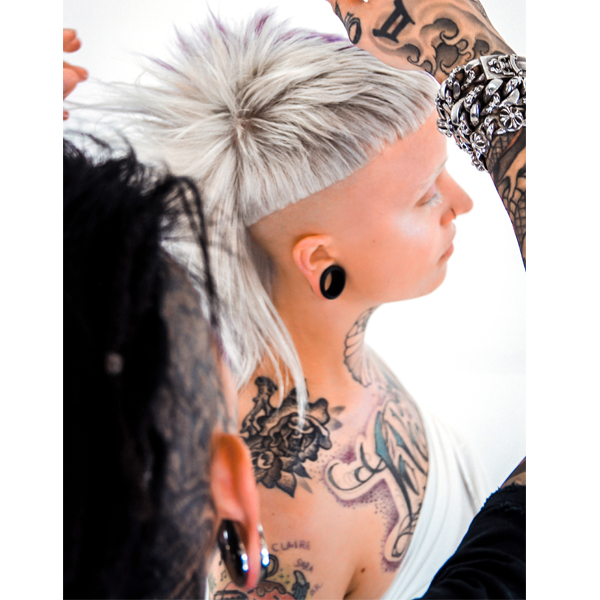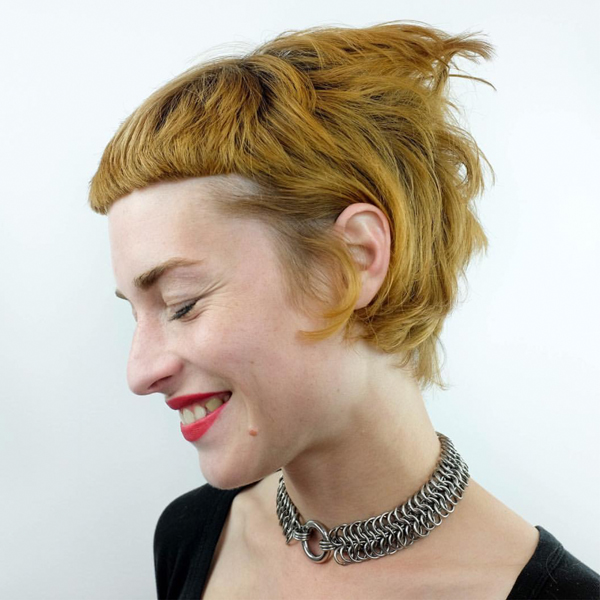Not Your Uncle’s Mullet: 3 Ways To Approach This Iconic Cut
3 Ways To Slay The Modern Mullet
We’re seeing the mullet make a major comeback, so be prepared for your cool-girl clients to come in requesting a modern take on this statement-making look. The perfect haircut starts with a great consultation, so it’s super important to know what language to use when you’re creating a mullet-type cut. Here are three tips from top stylists!
1. Don’t Use The Word “Mullet”
The modern mullet is chic and edgy, unlike it’s somewhat-tacky predecessors, so approach the cut with caution and communicate your vision clearly. “I would never use the word mullet,” shares Errol Douglas (@erroldouglas1). “I make it sound much more fashionable. Some people don’t understand what a mullet is and refer to the haircut as something else.” Your client will either be eager or reluctant depending on how you introduce the cut, so try using these words instead: choppy, face-framing, shattered fringe, lived-in and grungy.
2. Be Visual
Pictures and inspiration make all the difference, so always ask your client to bring in photos of what they want. Not every mullet is the same, so they should be custom-fit to your client’s needs. Emily Costello (@costelloxcult) focuses on collaborative consultations. “We have a hugely creative-based clientele, so we aim to work together with our clients to cultivate something customized for who they are and their lifestyle,” shares Emily.
You can also use photos to your advantage. “If I mention mullets to a client who is up for a complete change, I still may find it difficult to persuade her,” shares Philip Downing (@philipdowning7). “However, if I reference images from recent editorial spreads—for example, pull out a shot of model Edie Campbell, who has been rocking super feminine mullets for a while—the visual element will help the client feel a lot more at ease.” Keep your eye on what’s going on in high fashion and on Instagram, and pull inspiration from there.
Post what you want to create. “The language is simple because the clients ask for it by name and say, ‘I want a version of this mullet,’ and point to one of my Insta pics,” shares Philip Wolff (@philpwolffhair). “If I believe a variant of that style will work on someone, I also show them a picture and tell them they will look amazing with this cut.”

3. Client Suitability
Before suggesting a mullet, analyze your client’s suitability. Does your client have the right hair type and vibe for the cut? “I think mullets have evolved to become a lot more pleasing on the eye due to them becoming a lot softer,” shares Philip Downing. “Mullets were somewhat aggressive, heavy and sharp, so I think having softness running through the shape makes this haircut a lot more flattering.”







